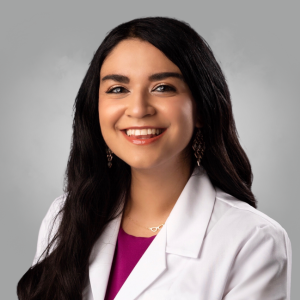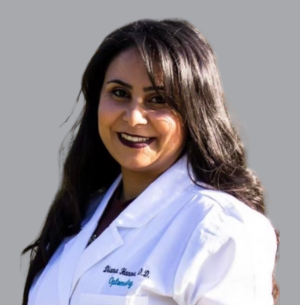What Do You Need to Know about a Comprehensive Eye Exam?
Comprehensive eye exams, sometimes called complete eye exams, are a full check-up of your eyes. The Pacific Eye Institute team will test your vision to see if you’d benefit from contacts and eyeglasses, as well as complete an advanced examination of both the inside and outside of your eyes. The team of Pacific Eye Institute will check for common eye diseases and make note of your overall health. Your eyes can alert you to other underlying health conditions such as hypertension and diabetes so it’s important to see your eye doctor regularly.



























